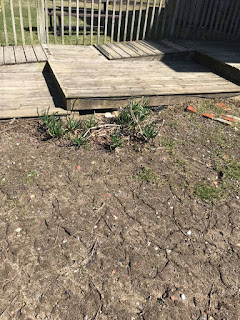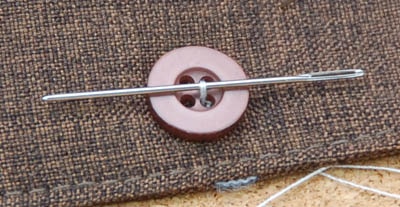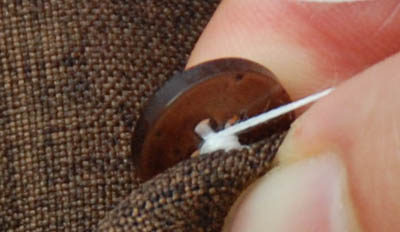Now that our table is properly set, we can begin to
practice how to sit and behave during the meal. Dining etiquette stretches back
centuries. To many people, formal table settings are an art form, and table
manners are not to be taken lightly.
Families such as the Backus’ would have taught their children how to
behave at the table as soon as they were able to hold their own spoons. Breaking any of the many rules would have
been cause for severe discipline.
Today, many of the behaviors that take place at the
dinner table are deeply rooted in history. Here’s a look at some of the
traditions, their origins, and what we should practice for life today.
Dining at a meal seems simple enough, but the
process is full of tradition and rules of etiquette.
In The Ladies’ Book of
Etiquette and Manual of Politeness, which was published in 1860, Florence
Hartley says “In order to appear perfectly well-bred at table when in company,
you must pay attention, three times a day, to the points of table etiquette. If
you neglect these little details at home and in private, they will be performed
awkwardly and with an air of restraint when you are in company. By making them
habitual, they will become natural, and appear easily, and sit gracefully upon
you.”
Mrs. Hartley’s book, which is 200 pages long,
also gives rules for the size bites to take, how to sit at the table, to keep your elbows off the table, and never take
large portions of food. She also describes how to keep a quiet tone of voice
and never speak when there is
food in your mouth. There were rules for
where to sit, when to sit, and even who was served first. This is just a
summary of table etiquette in the 19th century. (if you want a copy,
of the book, it is available for free at https://www.gutenberg.org/ebooks/35123
)
Many of our table
manners today come from practical concerns. Have you ever been told not to put
your elbows in the table? In medieval times, tables were board put on braces, and
if someone leaned too hard, the entire table would overturn. Later, the
practice held to keep clothing clean and off the dirty tablecloth. Why should
we only have our right hand on the table, except to cut meat? The left hand was
considered “dirty” and used for bodily functions.
Today, it is still
important to practice good table manners. As Mrs. Hartley reminds us, if we
practice every day then we will never be embarrassed in public. Here are some
of the manners that are currently accepted for the 21st century
table:
·
Sit up straight
·
Don’t speak with your mouth full
·
Keep bites small, chew quietly and try
not to slurp
·
Eat at a leisurely pace
·
Keep your elbows off the table
·
Don’t reach across the table, ask for
food to be passed.
·
Don’t forget please and thank you
·
Excuse yourself when finished – ask for
permission to be excused.
·
For formal meals, you should never
bring your cell phone to the table. Dinner is for conversation.
So why are all these rules so
important? Table manners show that you are concerned about your appearance,
much the same as your clothing, and that you know how to behave in social
situations, similar to shaking hands or removing a hat or cap in the house. Many
corporations today hire consultants to teach proper manners to their employees,
and if your interview takes place during a lunch meeting, proper manners can
seal the deal.
Take some time with your family
to practice your best manners. With
younger children, it can become a game with a reward (i.e. – the child who can
make it through a meal is excused from a special chore). So set your table,
brush up on your manners, and enjoy your meals together.
-----------------------------------------------
All our events, admission
and programming income goes into maintaining our heritage buildings, daily
operating expenses like utilities, and funding future events. If you are
able to contribute financially by purchasing a Tyrconnell Heritage Society
Membership or making a donation in any amount your support would be greatly
appreciated. Memberships - Individual $30; Couple $35; Family $40;
Organization $45; Business $75; Individual Lifetime $250 Here is the link to
our page at CanadaHelps.























